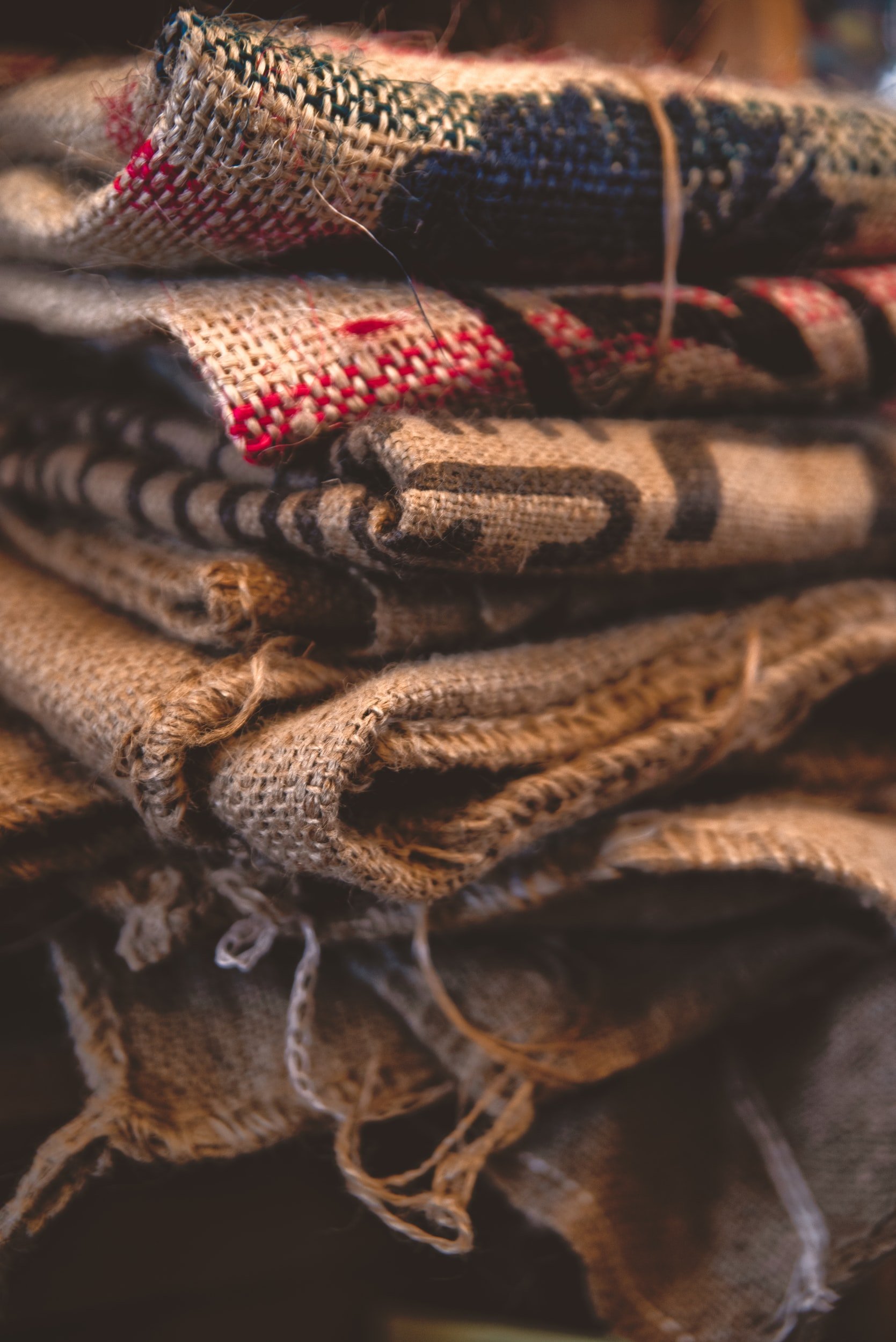Eight Utilitarian Uses for Burlap in your Garden that will Save you Sweet Daylight Hours
notes from Andy Hopwood, edited by Samantha Elie
Presently in Olympia, there are nearly eight hours of daylight within a 24-hours period.
If you are a plant enthusiast trying to make the best of the sun for yourself and your plants: consider using burlap in your winter green-thumbed pursuits.
This blog post premiers notes from Andy Hopwood, Native Plant Salvage volunteer nursery co-chair & board member, on effectively using burlap in your garden to conserve time this winter season.
At the NPSF Nursery we use burlap in our winter efforts to grow healthy plants used in the following seasons restoration and stormwater management efforts.
“It’s hard to find a material more adapted to your gardening needs than the simple burlap bag… Burlap is an all-purpose material in the garden. If there is something you need to do to with a plant, burlap can likely help.”
As garden time is limited in these winter months, here are eight utilitarian uses for burlap in your garden that will save you sweet daylight hours:
1. Temperature and Moisture control
With temperatures dropping, keeping plants from freezing can be a struggle! Burlap can be used to keep plants snug through the winter. During winter months, pots can be wrapped or nestled in burlap to help retain heat, and light layers of cover can help protect plants from frost. Pots sitting on the burlap will retain their moisture longer and generally not remain over-saturated.
2. Animal control
Deer and other animals are feeding through the winter… and ideally it’s not on your winter garden. Barriers of burlap can be used to fence out deer and rabbits as an inexpensive alternative to wire. Burlap attached to vertical stakes can be used to surround at-risk plants and trees or to create small fenced-off areas to deter deer.
3. Weed control
Spend less time outside weeding this winter and prepare for spring planting. Burlap can be used to help control weeds around plantings and in row gardens. Cut holes in the burlap for small plants, lay full pieces around large plants, and lay row-sheets in gardens. Multiple layers will largely discourage weeds and the addition of arborists’ wood chips will mostly control them, provide moisture retention, and help build soils.
4. Sheet mulching
Get the upper hand on a pesky area of resilient weeds with sheet mulching. Heavy, overlapping layering of multiple burlap sheets, covered in deep wood chips, will mostly control any plants that once held that space. There are always exceptions, mostly from plants that can run or sucker out of the cover, but heavy sheet mulching helps to get the upper hand. Weed seeds that find a hold in the wood chips are only loosely rooted and can be removed fairly easily. When sheet mulching on a hill, burlap is the only material we have found that stays in place and allows covering with heavy wood chips.
5. No-till gardens
Clear an area with minimal time and back labor. An extension of the sheet mulching idea, no-till gardens use heavy, overlapping layering of multiple burlap sheets, covered in a deep garden soil layer, to quickly turn a space into an instant garden. First year plantings should avoid root vegetables or tubers to allow decomposition of the burlap and underlying plants or grasses that were sheet mulched under. If you use industrial landscape fabric in a garden to control weeds around beds or boxes, a layer of burlap on the fabric will help keep summer temperatures down and near-ground humidity higher.
Winter propagation techniques made possible by burlap:
6. Sowing seeds
By placing burlap atop germinating seed beds you can protect the seeds from animals, wind, excessive sun, and heavy rain. Use loose weave burlap as it will allow germinating seeds to grow through. This won’t stop weeds.
7. Growing food
Burlap can be used as a grow-bag for root vegetables and tubers.
8. Moving plants
Burlap can be used as a wrap to protect roots and hold soils for transplants. It can be “planted” and will decompose quickly.
Visit our Resources page, which has 100+ links to articles, tools, worksheets, and other resources to learn about burlap, mulching, planting techniques, sourcing native plants, managing stormwater and drainage, and plenty more.

